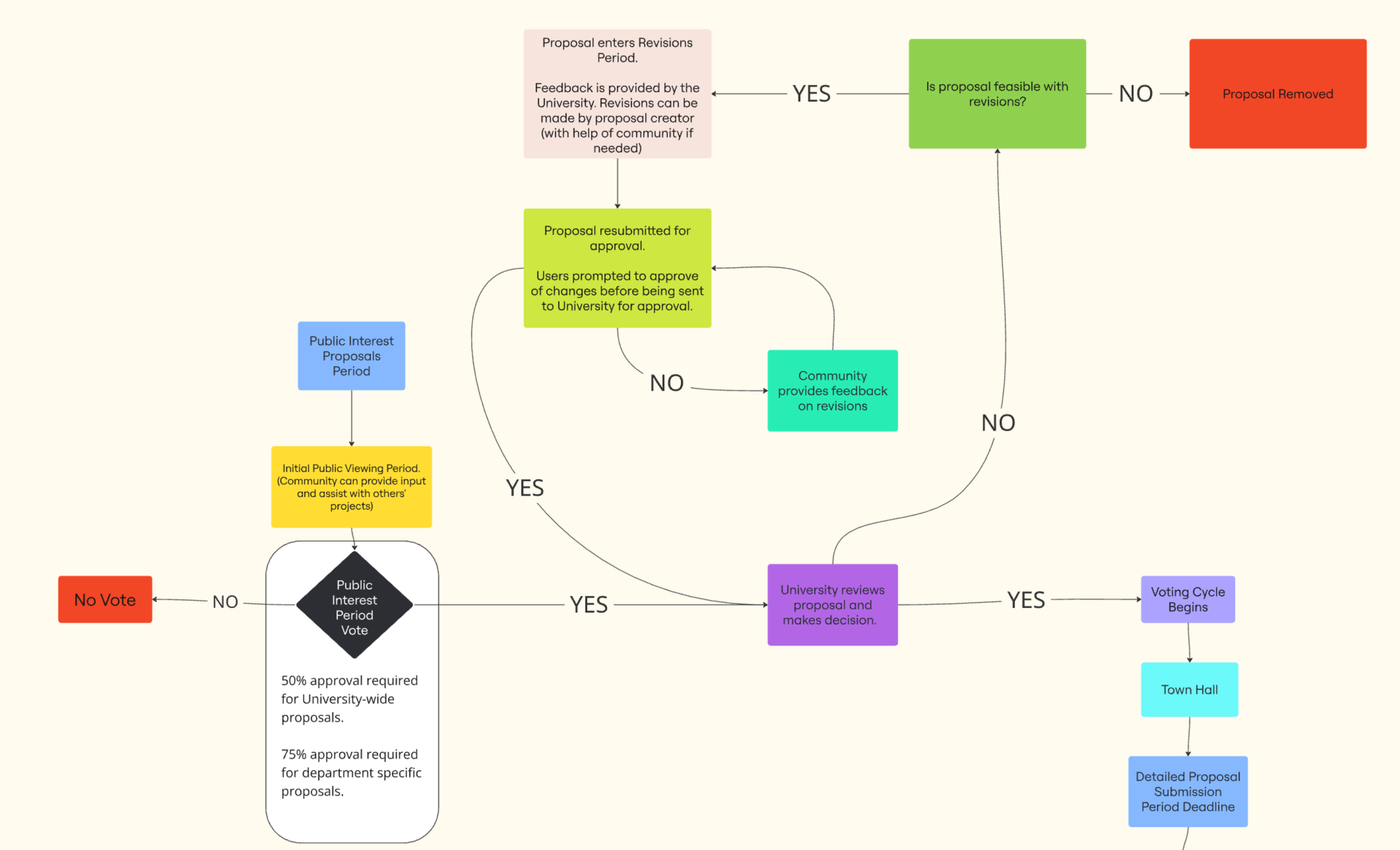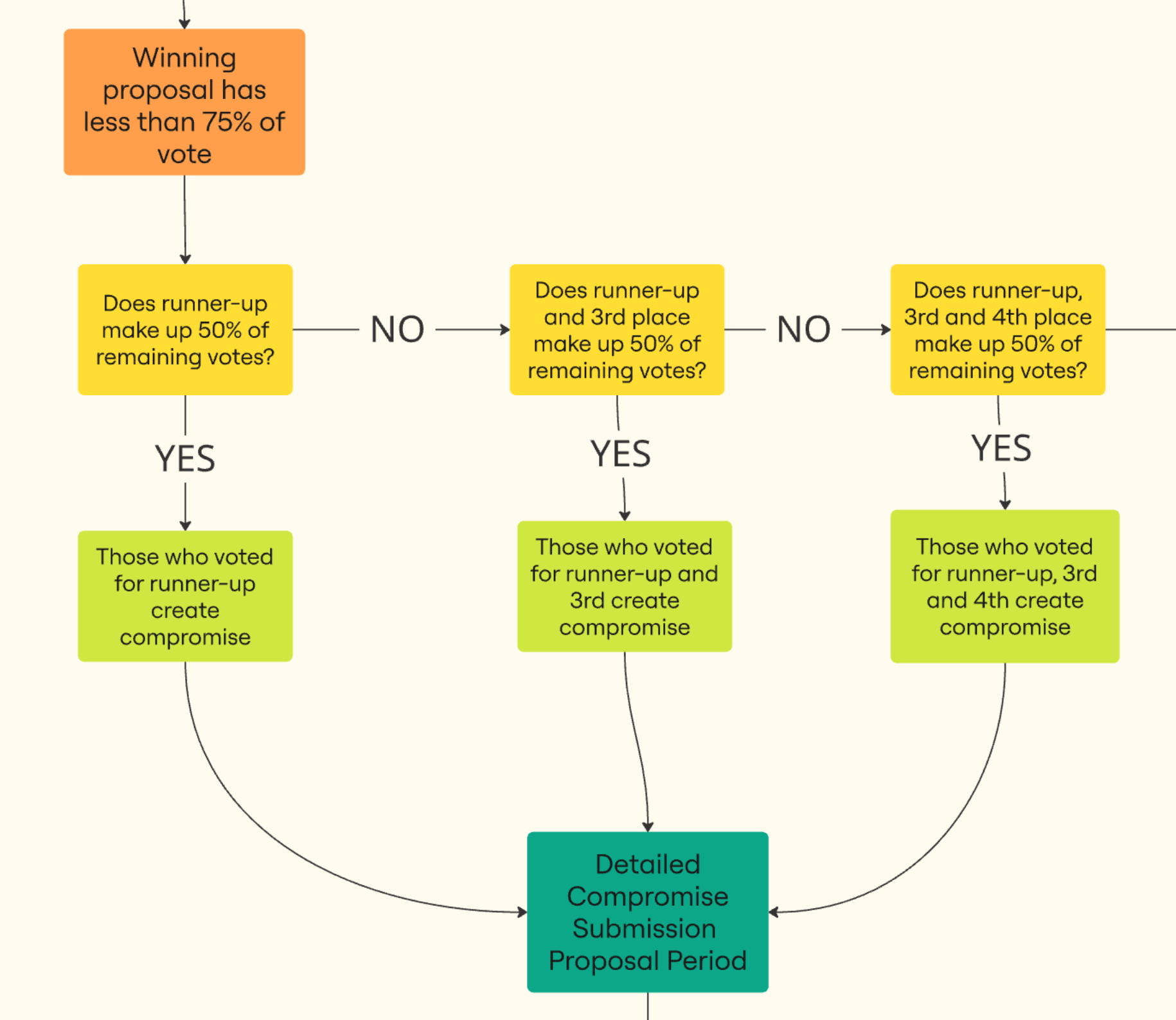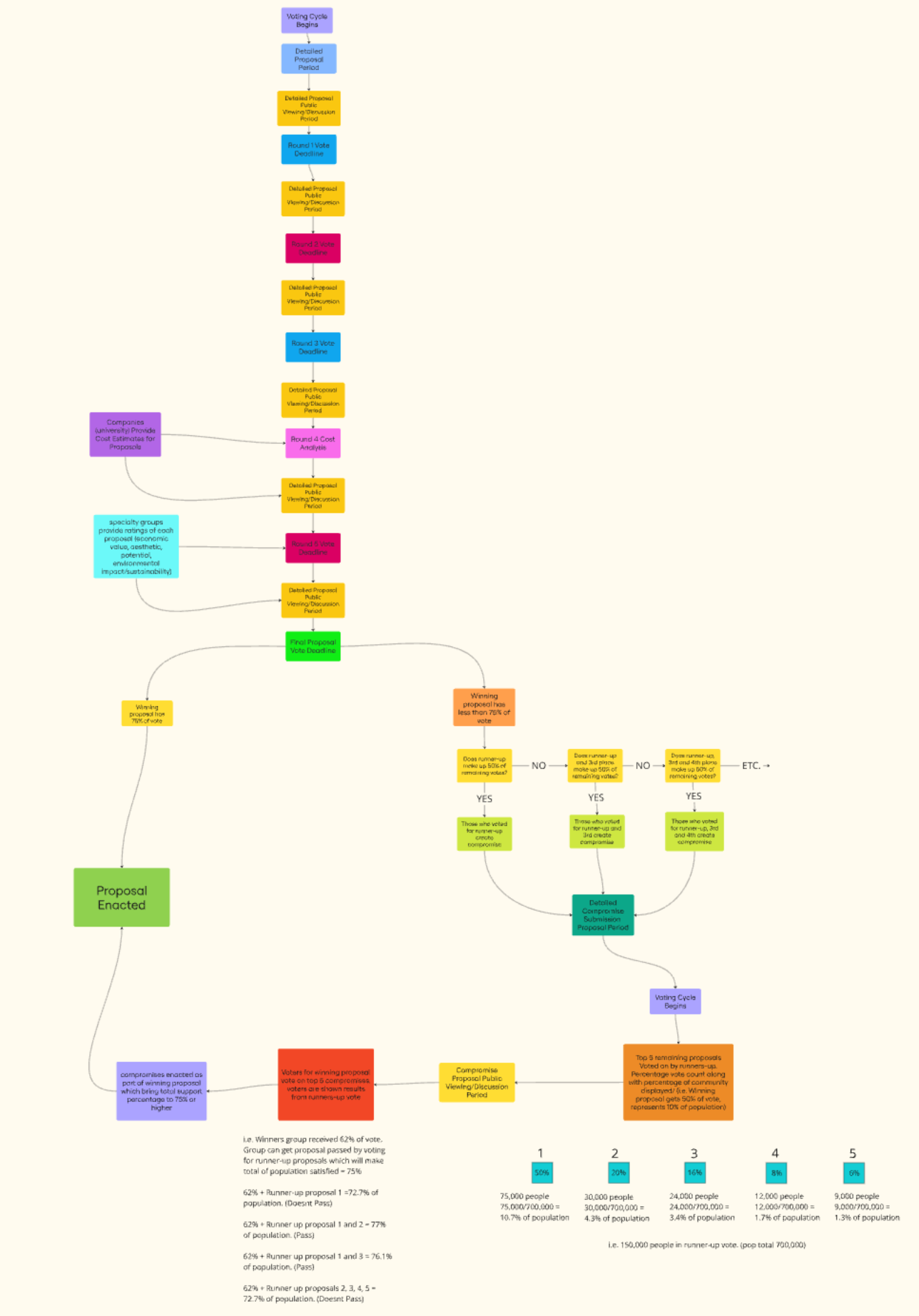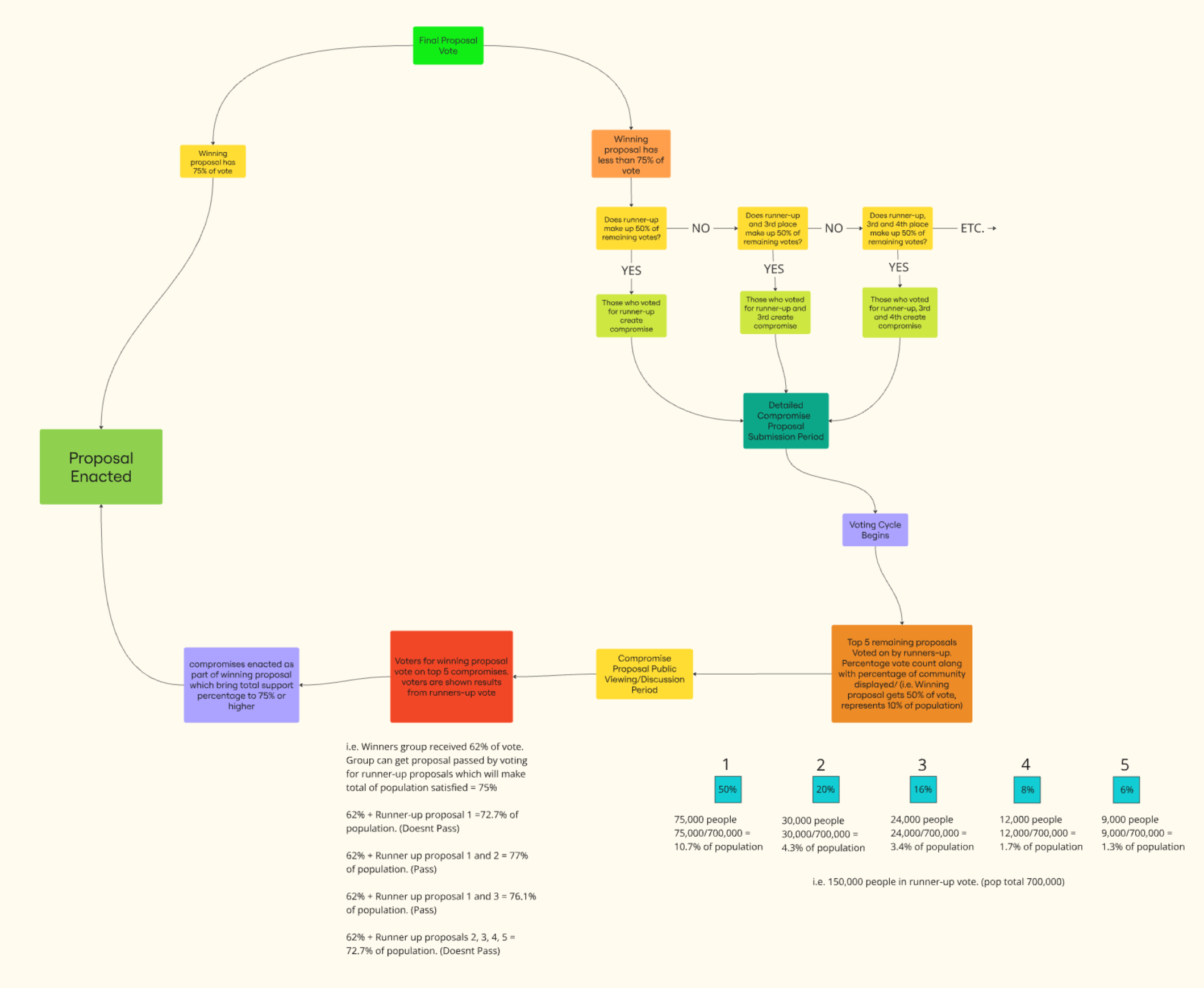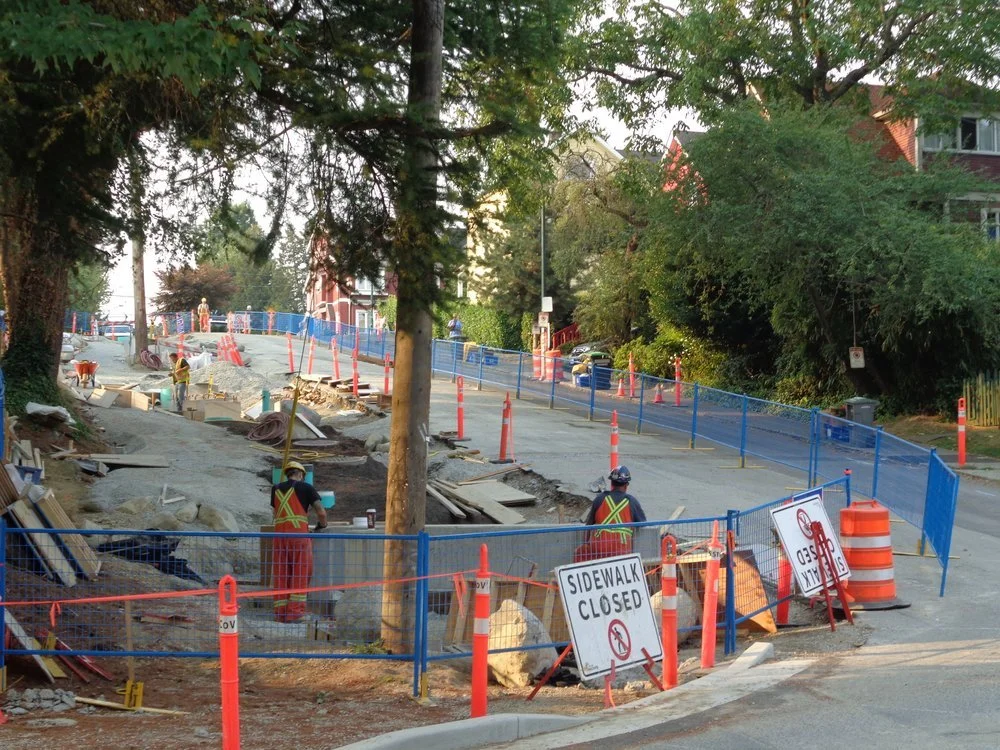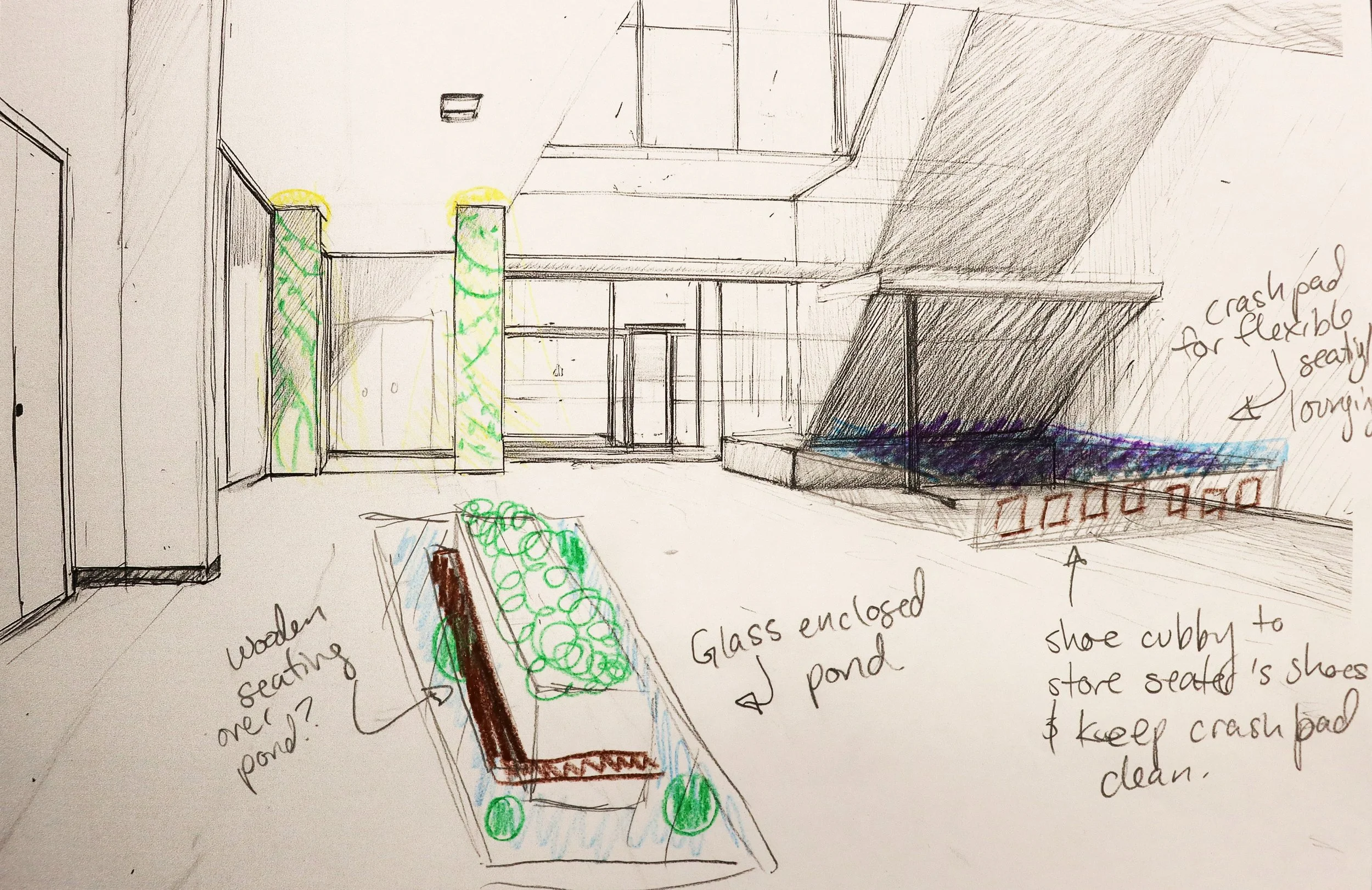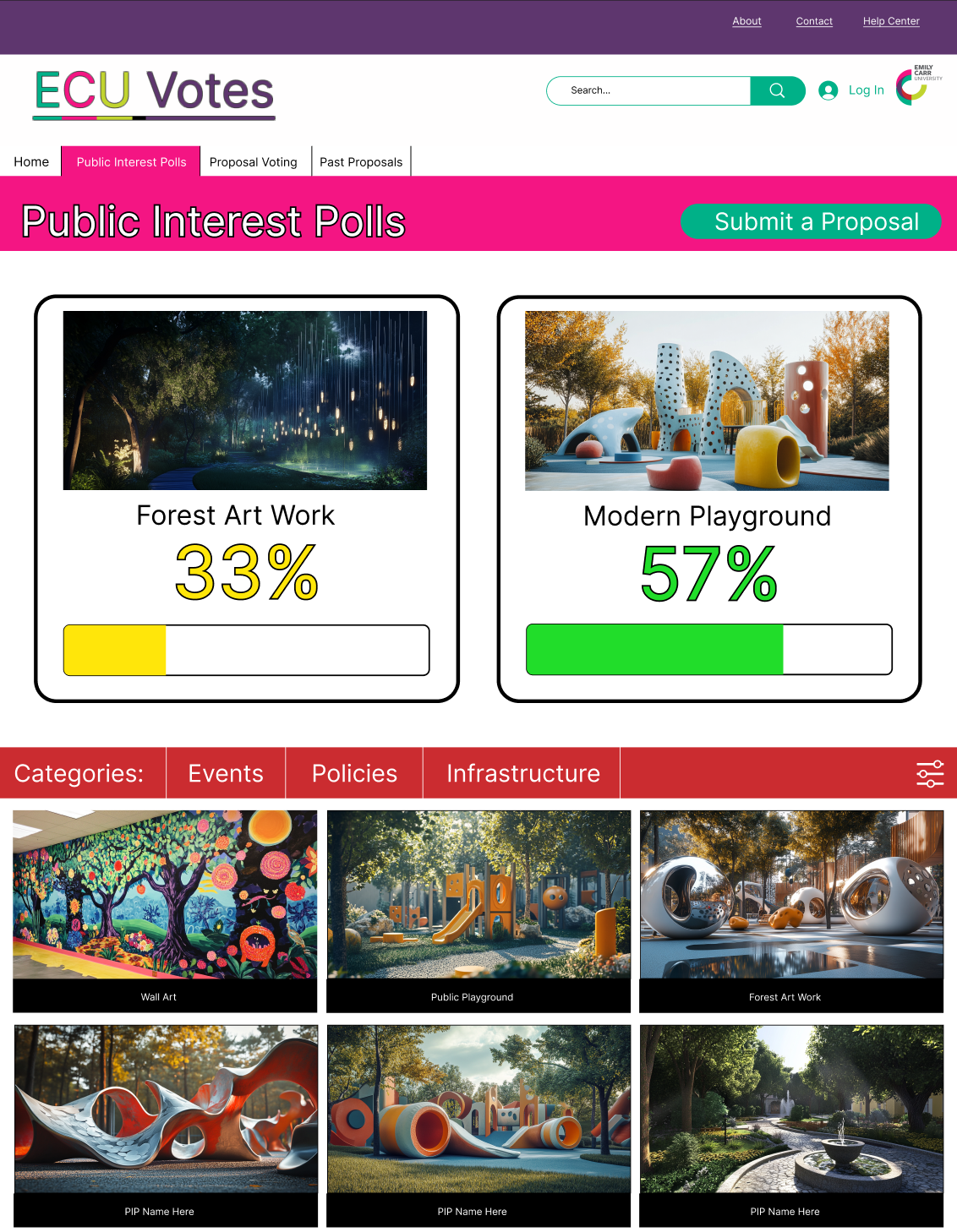Digital Democracy
Researching Alternative Forms of Governance
Digital Democracy explores alternative systems of governance through the lens of values and a communal voting methodology which allows all members of Emily Carr University to collaborate and build a community which better represents them. The aim of this research is to begin building a framework for a decision-making tool through voting for the school and broader public to adopt and use as a catalyst for change and empowerment in their own communities.
In 2018, my home town of Winnipeg held a plebiscite to give the public a chance to vote on the subject of reopening the Portage and Main street crossing for pedestrian foot traffic. This was the first plebiscite in 35 years. This had me questioning why this wasn’t a regular occurrence for many other decisions.
Many cryptocurrency organizations such as Bitcoin, Solana, Cardano and Polkadot use a governance system which includes all members of its platform when proposing and enacting changes to the system. Proposals are submitted, reviewed and voted on by its members through its referenda. These systems are a fresh take on how digital systems can be implemented to empower individuals.
Understanding how the school currently functions when it comes to actioning student ideas was an important part of building a system that would integrate seamlessly with its current processes. Interviewing the Student Union President and representatives provided valuable insight into where a gap could be filled by improving the proposal experience for both the school and students.
As part of this research, I discovered several organizations attempting their own forms of governance as a means to making major community decisions. Shape Your City Vancouver provides residents an opportunity to provide input and help develop projects within their communities like the St George Rainway; Hearthstone Village is an Equity Co-op with Sociocracy as the governance model. Sociocracy is a decision making method rooted in the values of equivalency, transparency and participation – Their motto is “Good Enough for Now, Safe Enough to Try.”

